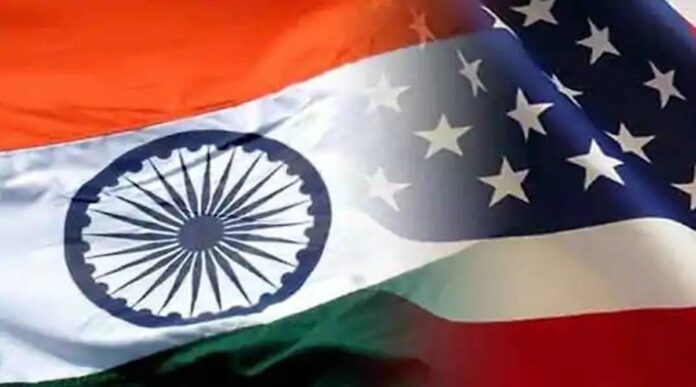In light of China’s expanding military manoeuvres in the resource-rich and strategically significant region, the U.S., India, and several other world powers have been discussing the need to guarantee a free, open, and prosperous Indo-Pacific.
The defence chiefs of the United States and India have exchanged opinions on the regional and global security environment to strengthen military ties between their two nations. They have also talked about ways to increase bilateral cooperation and interoperability.
Anil Chauhan, Chief of the Indian Defense Force, and Gen. Mark A. Miley, Chairman of the Joint Chiefs of Staff of the United States, spoke by phone as border tensions between India and China grew.
Joint Staff Deputy Spokesperson Joseph R. Holstead read out the call on Wednesday, saying that “the two military chiefs shared assessments of the regional and global security situation and discussed measures to improve bilateral military ties and interoperability.”
According to the U.S.-India Major Defense Partnership, “the U.S. and India share a strong military-to-military connection,” Mr Holstead said, adding that India plays a “vital role” in preserving a free Indo-Pacific.
In light of China’s expanding military manoeuvres in the resource-rich and strategically significant Indo-Pacific area, the United States, India, and several other world powers have been discussing the necessity of ensuring a free, open, and prospering region.
Taiwan, the Philippines, Brunei, Malaysia, and Vietnam all have territorial claims to portions of the South China Sea, which China claims to be its virtually entire territory.
In the South China Sea, Beijing has erected artificial islands and military outposts. In the East China Sea, China and Japan are engaged in a territorial dispute.
In 2017, the United States, Australia, India, and Japan gave expression to the long-delayed notion of forming the Quad to design a new strategy to maintain the independence of the crucial sea routes in the Indo-Pacific region.
On December 9, Chinese and Indian forces clashed again in the Yangtze region of Arunachal Pradesh’s Tawang sector. This is the first significant escalation since June 2020’s deadly hand-to-hand fighting in the Galwan Valley, which was the two countries’ most significant military engagement in decades.

















